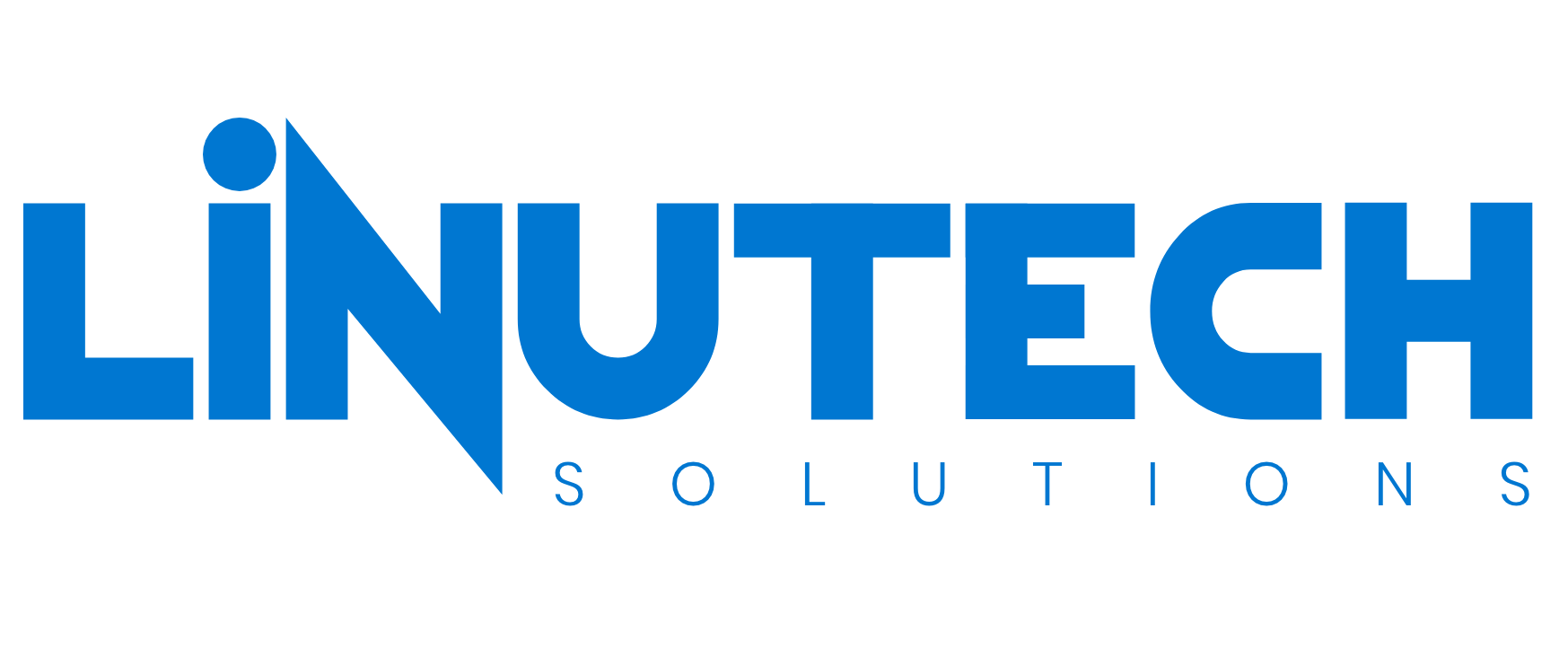A General Overview
In this rapidly evolving digital landscape, successful organizations recognize the importance of aligning their IT strategies with overall business objectives. This alignment is a catalyst for efficient operations, improved decision-making, and enhanced customer satisfaction. The elements that promote IT and business alignment vary across industries, based on their unique needs, operations, and challenges. Let’s discuss some general principles before delving into industry specifics.
Shared Goals and Vision: IT and business departments should have a shared understanding of the company’s objectives and strategic direction. This shared vision acts as a compass, directing all IT efforts towards the achievement of business goals.
Effective Communication: This is a two-way street that promotes understanding and collaboration. Regular interactions, workshops, and meetings between the IT and business teams ensure that both sides are aware of ongoing projects, challenges, and improvements.
IT Governance: This process ensures that IT investments support and align with business objectives. Effective IT governance mechanisms involve the business in decision-making processes and promote transparency, making IT a strategic partner rather than a support function.
Performance Metrics: It’s essential to establish metrics that gauge the effectiveness of IT initiatives in supporting business objectives. These can include operational efficiency, customer satisfaction, and financial performance indicators
Many of these companies have slashed cloud expenses by 20%-30% while some growth stage startups such as ecommerce platforms Meesho and Dealshare have brought down their cloud expenses by 50%, under pressure to control their cash burn, they said.
This has led to the top three cloud service providers – Amazon Web Services (AWS), Google Cloud Platform and Microsoft Azure – waging pricing wars to lure startups onto their platforms in the current downturn.
Over the past months, several startups have been approached by AWS rivals to switch over for lesser pricing, multiple founders who have been in talks with them confirmed.
In some instances, founders are using pricing quotes received from Google Cloud and Microsoft Azure to renegotiate discounted contracts with AWS, their primary cloud service provider, said one of the founders.

Manufacturing Industry
The manufacturing industry, characterized by its constant innovation and emphasis on operational efficiency, requires unique elements for successful IT and business alignment.
Automation and Process Optimization: In manufacturing, IT should focus on leveraging technology to streamline processes, reduce errors, and enhance productivity. This involves the adoption of technologies like robotics, AI, and IoT, which can transform operations and align with the business’s goal of efficiency.
Supply Chain Management: Effective IT solutions should enhance the visibility, control, and efficiency of the supply chain, a critical aspect of any manufacturing business.
Data-driven Decision Making: The manufacturing industry generates massive amounts of data. IT can play a pivotal role in gathering, analyzing, and presenting this data in a usable format, assisting in strategic decision-making processes.
Healthcare Industry
In healthcare, where the stakes are incredibly high, the alignment of IT and business strategies can literally mean the difference between life and death.
Patient-centric Approach: IT initiatives should focus on improving patient care and experience. This involves implementing systems for electronic health records, telemedicine, and mobile health applications.
Data Security and Compliance: The healthcare industry is subject to stringent regulations regarding patient data. IT must prioritize robust security measures and regulatory compliance.
Research and Development Support: IT can significantly contribute to medical research by providing advanced data analysis tools, supporting clinical trials, and enabling real-time collaboration.
Finance Industry
The financial industry, characterized by its complex transactions and regulatory requirements, needs a unique approach to align IT and business.
Risk Management: The IT department plays a crucial role in implementing systems that manage and mitigate various risks, including cybersecurity threats, fraud, and operational risks.
Regulatory Compliance: IT must ensure the development and maintenance of systems that comply with numerous financial regulations.
Customer Experience: In the age of digital banking and fintech, financial institutions need to leverage IT to provide seamless, secure, and innovative customer experiences.
Retail Industry
As the retail industry embraces digital transformation, the alignment of IT and business objectives becomes a crucial factor in driving customer satisfaction and operational efficiency.
E-commerce and Omni-channel Strategy: IT plays a pivotal role in creating and managing online sales platforms, ensuring seamless integration between physical and digital channels to provide a cohesive customer experience.
Data Analytics: Retailers have access to vast amounts of customer data. Effective IT solutions are necessary to capture, analyze, and present this data, enabling personalized marketing strategies and informed business decisions.
Supply Chain Management: IT should focus on developing solutions that enhance supply chain visibility, improve inventory management, and enable efficient fulfillment strategies.
Education Industry
In the education sector, technology is a powerful tool for enhancing learning outcomes and administrative efficiency.
EdTech Integration: IT must collaborate with educators to integrate technology in the classroom effectively. This can include implementing Learning Management Systems (LMS), digital textbooks, and educational apps.
Data Security: With the increasing digitization of student records, IT must prioritize the security of sensitive data and comply with regulations such as the Family Educational Rights and Privacy Act (FERPA).
Infrastructure and Accessibility: Ensuring that students and staff have access to necessary technological resources, both on-campus and remotely, is a critical responsibility for IT in educational institutions.
Hospitality Industry
In the hospitality industry, technology plays a crucial role in enhancing customer service and operational efficiency.
Customer Experience: IT should focus on implementing systems that improve customer experience, such as online booking systems, mobile check-in, and personalized marketing initiatives.
Operational Efficiency: IT solutions can streamline various operational aspects, including reservation management, housekeeping schedules, and supply chain management.
Data Management and Privacy: IT must manage the vast amount of customer data generated, ensuring it is analyzed effectively to inform business decisions while maintaining strict data privacy standards.
By understanding these unique needs and challenges, organizations can better align their IT and business strategies, paving the way for greater success.



